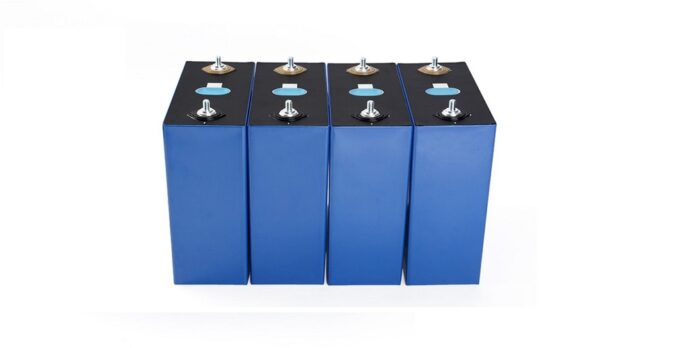Before going ahead, It is essential to understand the basics of battery, like depth of discharge and battery cycle. A complete cycle of battery is considered as a full charge and discharge. The depth of the discharge indicates the capacity of the battery. In other words, it tells how much battery power is used in a single discharge. Depth of discharge is also known as DoD of battery. In the LiFepo4 battery, the DoD shows almost 100% efficiency. Even the worst lithium batteries show a minimum of 80% efficiency.
Energy cells are used in lithium-ion batteries, which makes them more efficient for deep-cycle applications. These energy cells’ design helps give sustained current for an extended time.
What is a LiFepo4 battery?
A LiFepo4 battery undergoes continuous charging and discharging and gives high efficiency without hurting the battery’s cells. These batteries are constructed using thicker and denser plates which is the reason that these batteries give a steady amount of power or current.
LiFepo4 ion vs deep cycle lead acid battery
The main difference between them is the variation in their efficiencies. A good Lithium-ion battery generally gives no lower than 95% efficiency. At the same time, a lead acid battery offers an efficiency of around 80-85%. Although the battery loses efficiency over usage and time, a Lithium-ion battery lasts longer than a lead acid battery. The high life cycles help reduce the need for battery replacement and save you money. Lithium-ion batteries are more environmentally friendly. The price of lithium-ion batteries is slightly higher than lead-acid batteries, but lithium batteries are beneficial as they last longer.
The lifespan of a LiFepo4 -ion battery
A LiFepo4 battery commonly lasts for 3-6 years. However, several other factors affect the lifespan of lithium-ion batteries. The climate in which the battery is kept is of utmost importance. For instance, if the temperature around the battery is higher, the battery will last shorter compared to keeping the battery in a lower temperature area. Similarly, if you maintain the battery regularly, it will give good results. However, the usage of the battery also varies its lifespan. You can expect 300-500 discharge/ recharge from your LiFepo4 battery. The number can vary depending on the battery’s capacity (6 volts, 12 volts, etc.)
So you can predict that your battery will last longer if you are focusing on these three factors:
- Proper maintenance
- The temperature of the environment
- Amount of power you are using
Advantages of LiFepo4 -ion batteries
- Require low maintenance
- Give high energy density
- Lower self-discharge rate than other batteries
- Low maintenance
- A variety of types can be available
Disadvantages of lithium-ion batteries
- Require battery management system
- Transportation of LiFepo4 batteries is limited to ships only.
- Manufacturing cost is more
- Ageing of the battery will reduce the efficiency after a specific time
Charging and discharging modes of LiFepo4 ion battery
There are three standard modes:
- Constant current or CC charging
- Constant voltage or CV charging
- CVCC combination of the above two
The simple form of charging the battery is with a constant current. However, constant current followed by constant voltage is required to charge the battery adequately.







